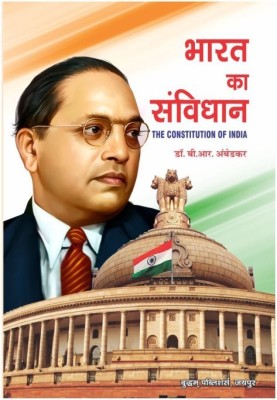
Routing Algorithms: Dijkstra\'s Algorithm, A* Search Algorithm, Link-State Routing Protocol, Distance-Vector Routing Protocol (English, Paperback, LLC Books, LLC Books, Source Wikipedia)
Price: Not Available
Currently Unavailable
Highlights
- Language: English
- Binding: Paperback
- Publisher: Books LLC, Wiki Series
- ISBN: 9781155870540, 1155870549
- Edition: 2010
- Pages: 106
Description
Chapters: Dijkstra\'s Algorithm, A* Search Algorithm, Link-State Routing Protocol, Distance-Vector Routing Protocol, Floyd-warshall Algorithm, Optimized Link State Routing Protocol, B* Search Algorithm, Max-Min Fairness, Wireless Routing Protocol, Vehicular Reactive Routing Protocol, Geographic Routing, Fairness Measure, Ida*, Temporally-Ordered Routing Algorithm, Weighted Fair Queuing, Edge Disjoint Shortest Pair Algorithm, Administrative Distance, Augmented Tree-Based Routing, Babel, Expected Transmission Count, Sma*, Flooding, Credit-Based Fair Queuing, Mcop. Source: Wikipedia. Pages: 104. Not illustrated. Free updates online. Purchase includes a free trial membership in the publisher\'s book club where you can select from more than a million books without charge. Excerpt: Dijkstra\'s algorithm, conceived by Dutch computer scientist Edsger Dijkstra in 1959, is a graph search algorithm that solves the single-source shortest path problem for a graph with nonnegative edge path costs, producing a shortest path tree. This algorithm is often used in routing. An equivalent algorithm was developed by Edward F. Moore in 1957. For a given source vertex (node) in the graph, the algorithm finds the path with lowest cost (i.e. the shortest path) between that vertex and every other vertex. It can also be used for finding costs of shortest paths from a single vertex to a single destination vertex by stopping the algorithm once the shortest path to the destination vertex has been determined. For example, if the vertices of the graph represent cities and edge path costs represent driving distances between pairs of cities connected by a direct road, Dijkstra\'s algorithm can be used to find the shortest route between one city and all other cities. As a result, the shortest path first is widely used in network routing protocols, most notably IS-IS and OSPF (Open Shortest Path First). Let the node at which we are starting be called the initial no...More: http://booksllc.net/?id=45809
Read More
Specifications
Book Details
| Publication Year |
|
| Table of Contents |
|
Contributors
| Author |
|
Dimensions
| Width |
|
| Height |
|
| Weight |
|
Be the first to ask about this product
Safe and Secure Payments.Easy returns.100% Authentic products.
Back to top






